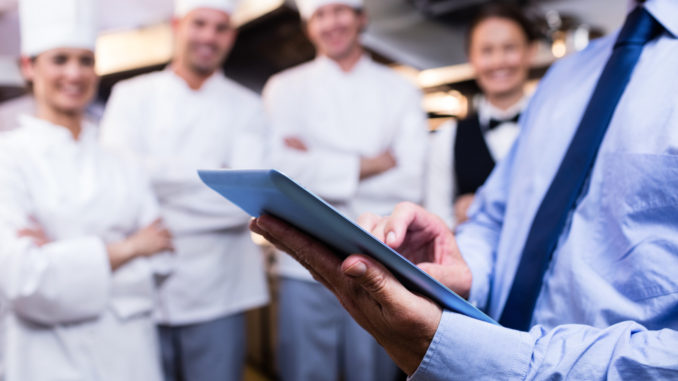
By Jeff Zabin, Managing Editor
With more than one million restaurants in the United States battling it out for a larger slice of the pie, and tens of millions around the world doing the same, finding new and innovative ways to increase revenues, reduce operating costs (e.g., by streamlining back-of-house operations) and enhance the overall quality of the guest experience is top of mind for most restaurant operators. For them, the challenges loom large.
The good news is that many of the challenges can be effectively addressed with a new breed of specialized technology solutions. In fact, according to research conducted by Starfleet Research, 79 percent of restaurant operators believe that this new wave of advanced technologies is key to not only overcoming many of the biggest hurdles they face today but to driving continuous performance improvement.
The specific types of technologies that can help make it possible to achieve these lofty goals run the gamut. They range from mobile POS systems and workforce management solutions to predictive order management software and loyalty management programs.
Solutions that automate key processes like inventory costing and menu development are proving out their value. Even futuristic approaches to kitchen automation, to the point of implementing “robot chefs” that operate in assembly-line food preparation setups, are making inroads not just into people’s imaginations but into actual restaurants, and for good reason.
Increasingly, restaurant operators are also turning their attention to apps that guests can download and access on their smartphones or other mobile devices. Many of these apps are designed to automate the various types of interactions that ordinarily take place between diners and restaurants in a manual fashion and also empower guests by giving them greater visibility and control over the end-to-end restaurant experience.
Some apps allow them to track meal progress in real time, from preparation to delivery. Some apps allow those in a rush to pre-order and pre-pay for meals for a more expedient dining experience. Some mobile ordering systems incorporate geofencing and other location capabilities; an alert is sent when a diner is a certain distance away, prompting the kitchen to prepare their order so it’s ready the moment the guest steps foot in the door.
Not surprisingly, given the world in which we live, restaurant operators are becoming increasingly focused on technologies that enable guest personalization. Of course, personalization has always been the main focal point for any business in the hospitality industry.
For their part, most guests would like to be able to request the same server with whom they previously had a positive dining experience, and who already knows their food, drink and table preferences, or to book a reservation at a restaurant that can create a personalized menu for them based on their past orders. Although personalization technologies are still in their infancy, a vast array of new solutions, from artificial intelligence-powered chatbots to voice-controlled assistants to facial recognition technologies are taking aim at making personalization a reality.
All of these technologies provide the opportunity for restaurants to capture mountains of guest data, either on an individual basis or in the aggregate. Through analytical modeling and reporting, the data can be used to generate actionable insights and further enhance the guest experience. And here one thing is clear: Today’s restaurant operators need all the help they can get when it comes to meeting the growing expectations of a technology-savvy, mobile-engaged population.

